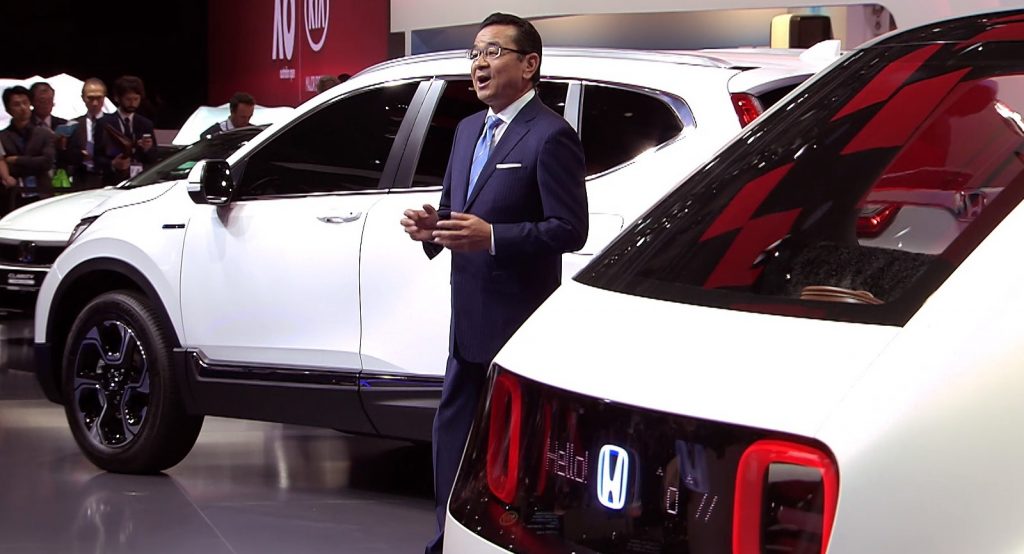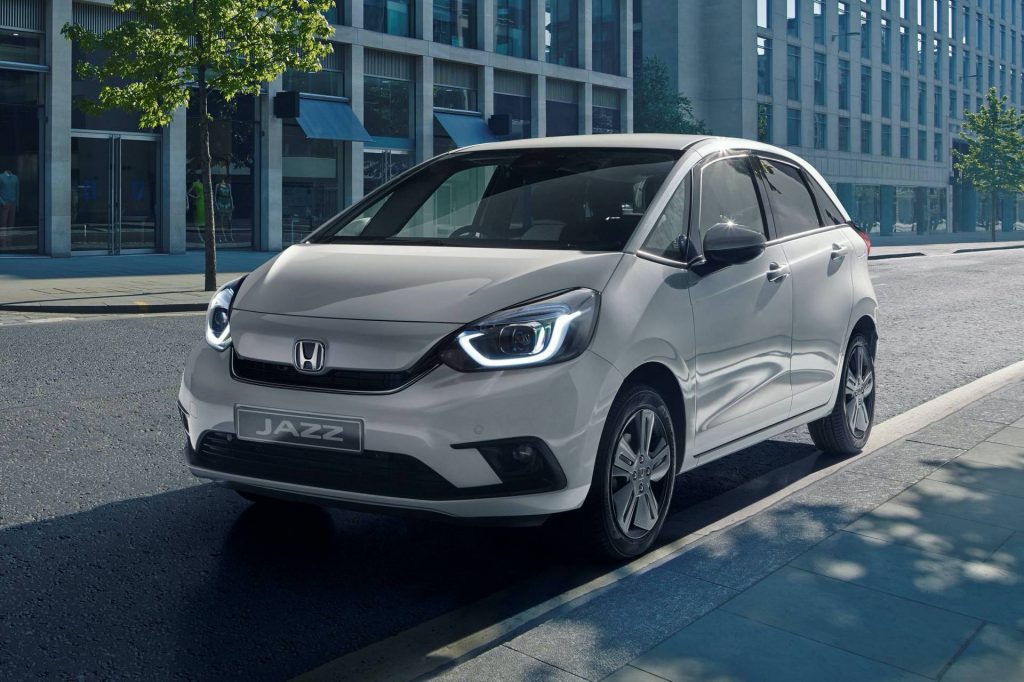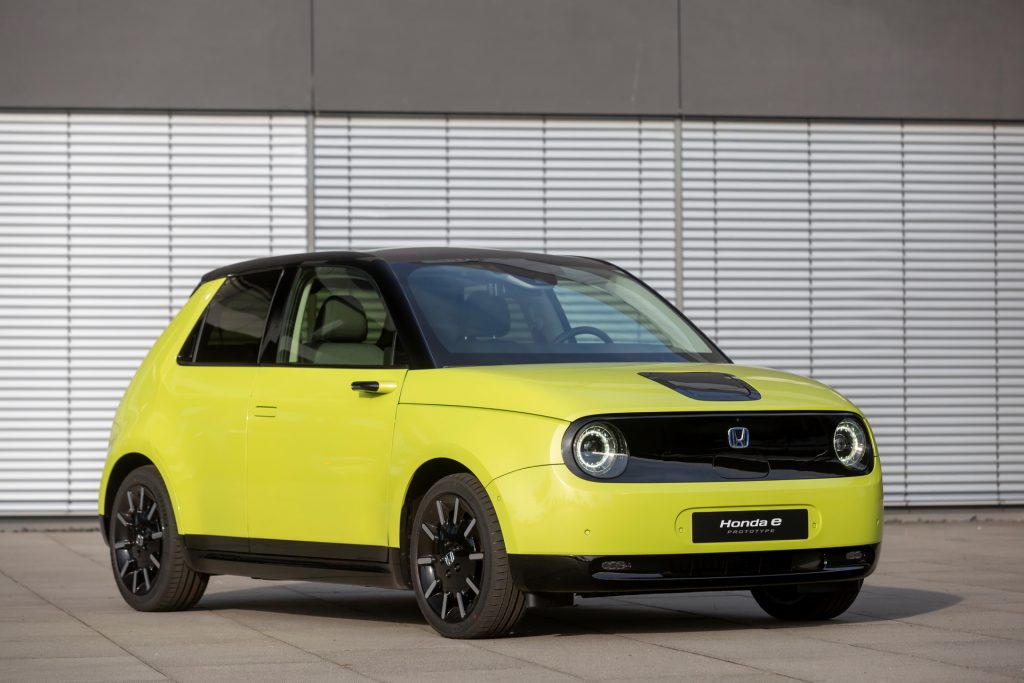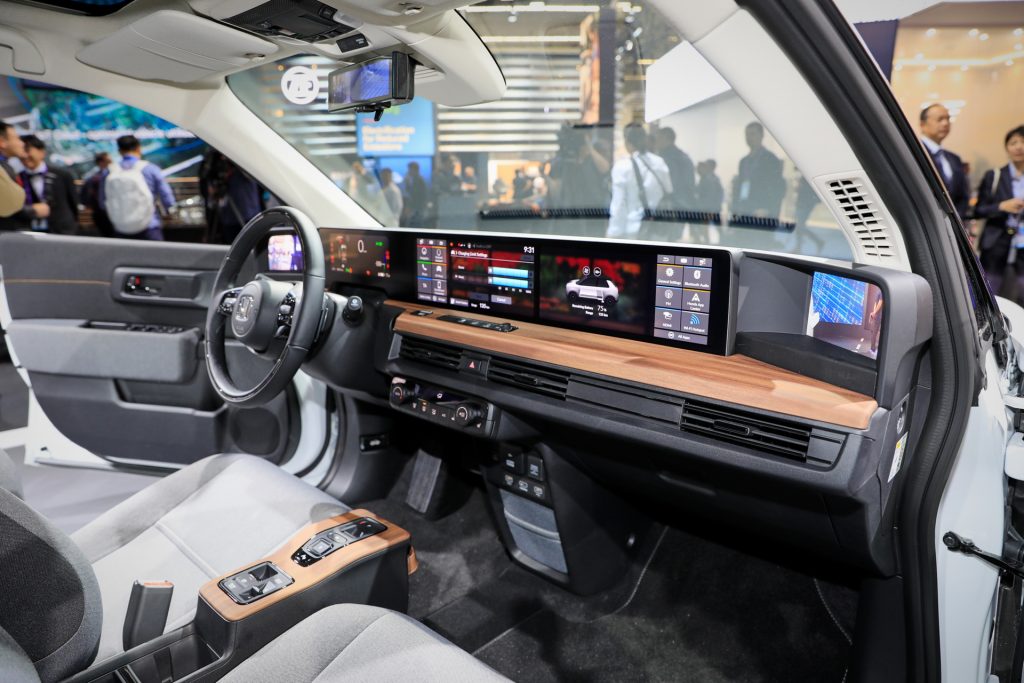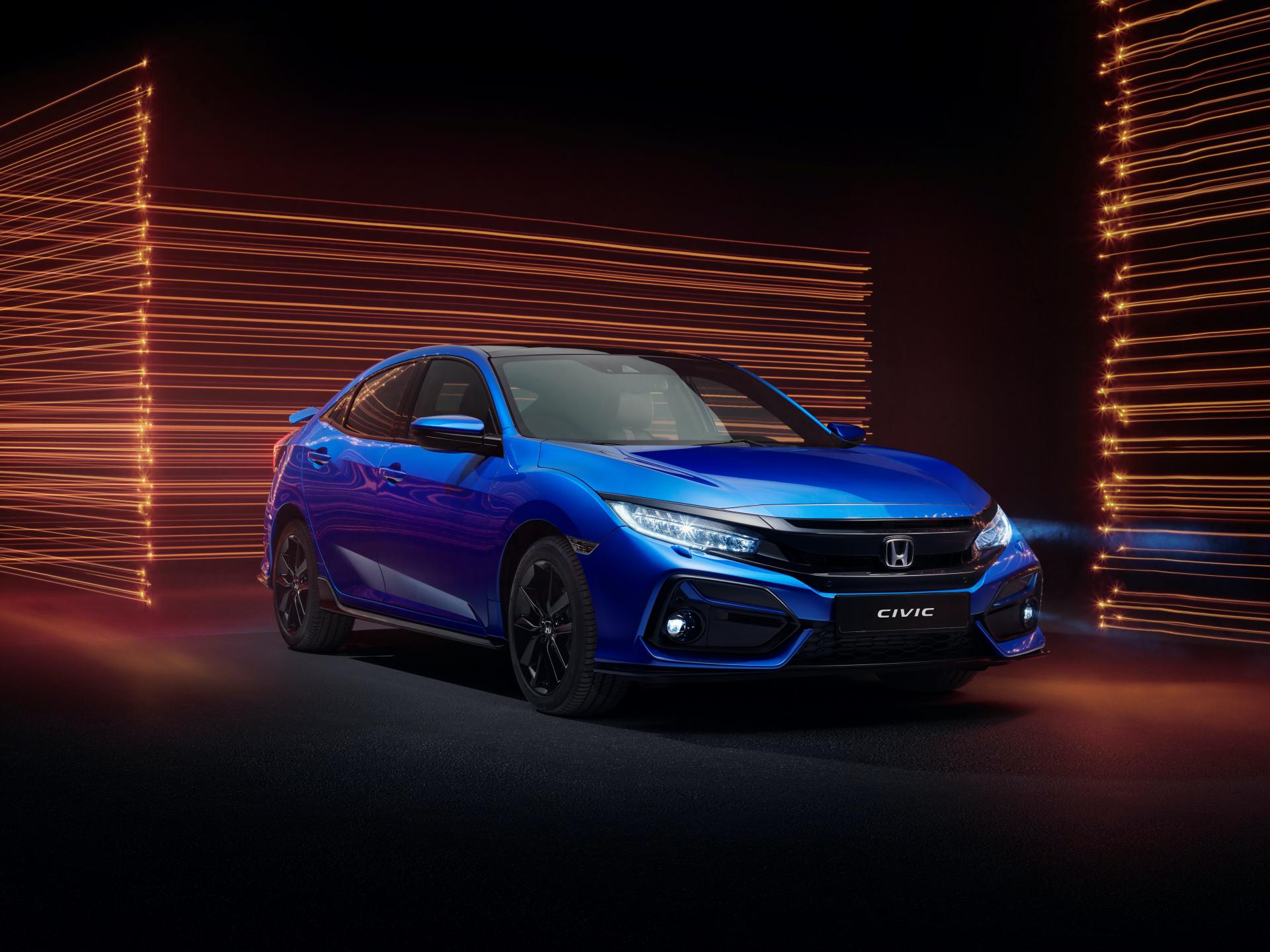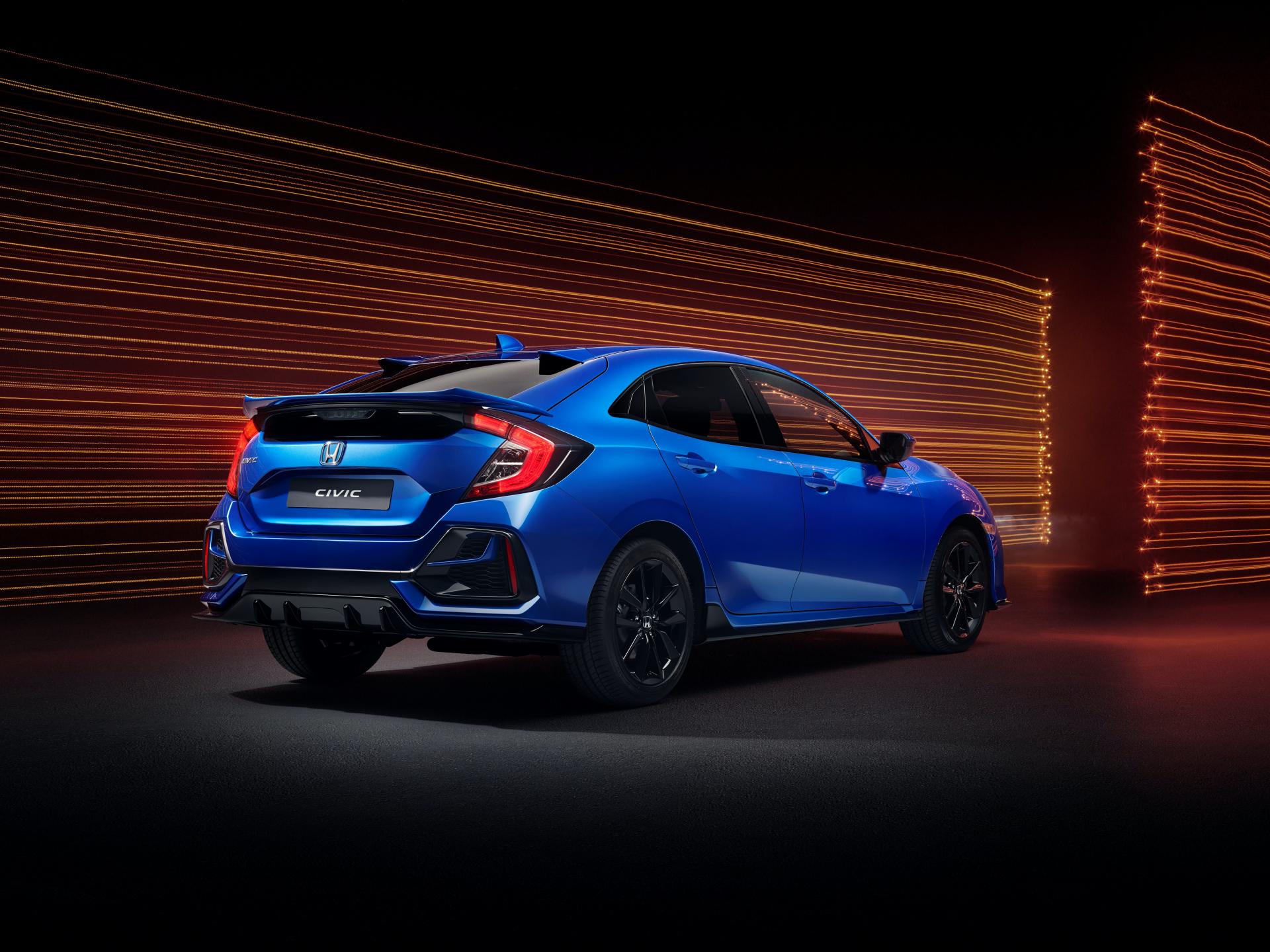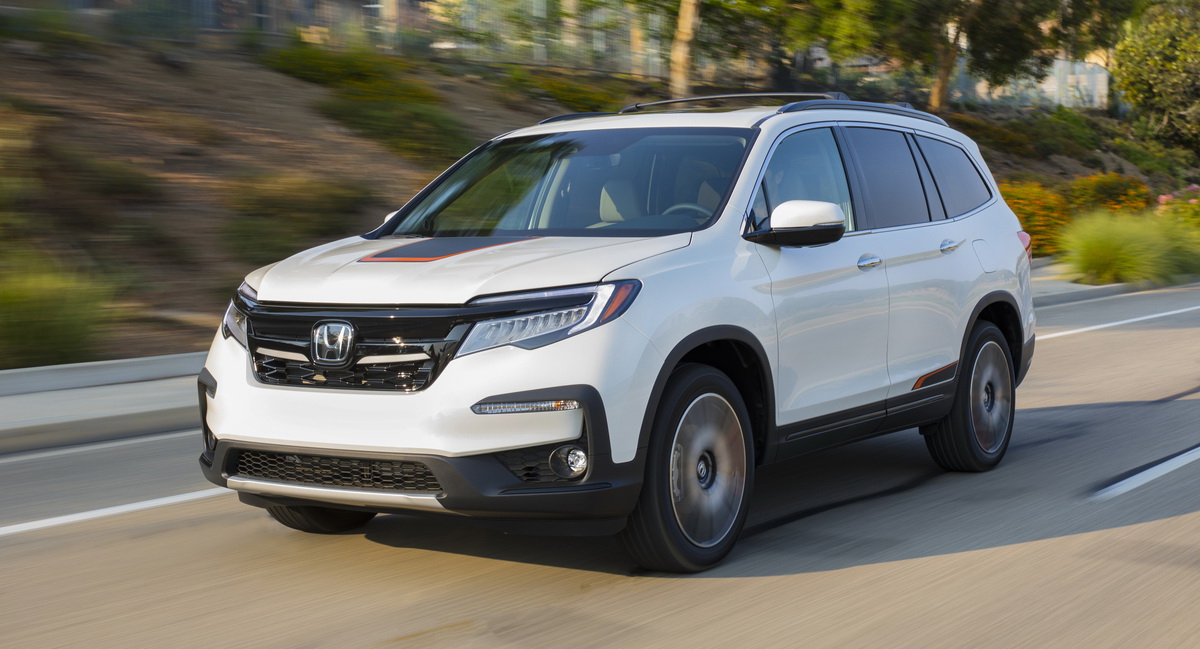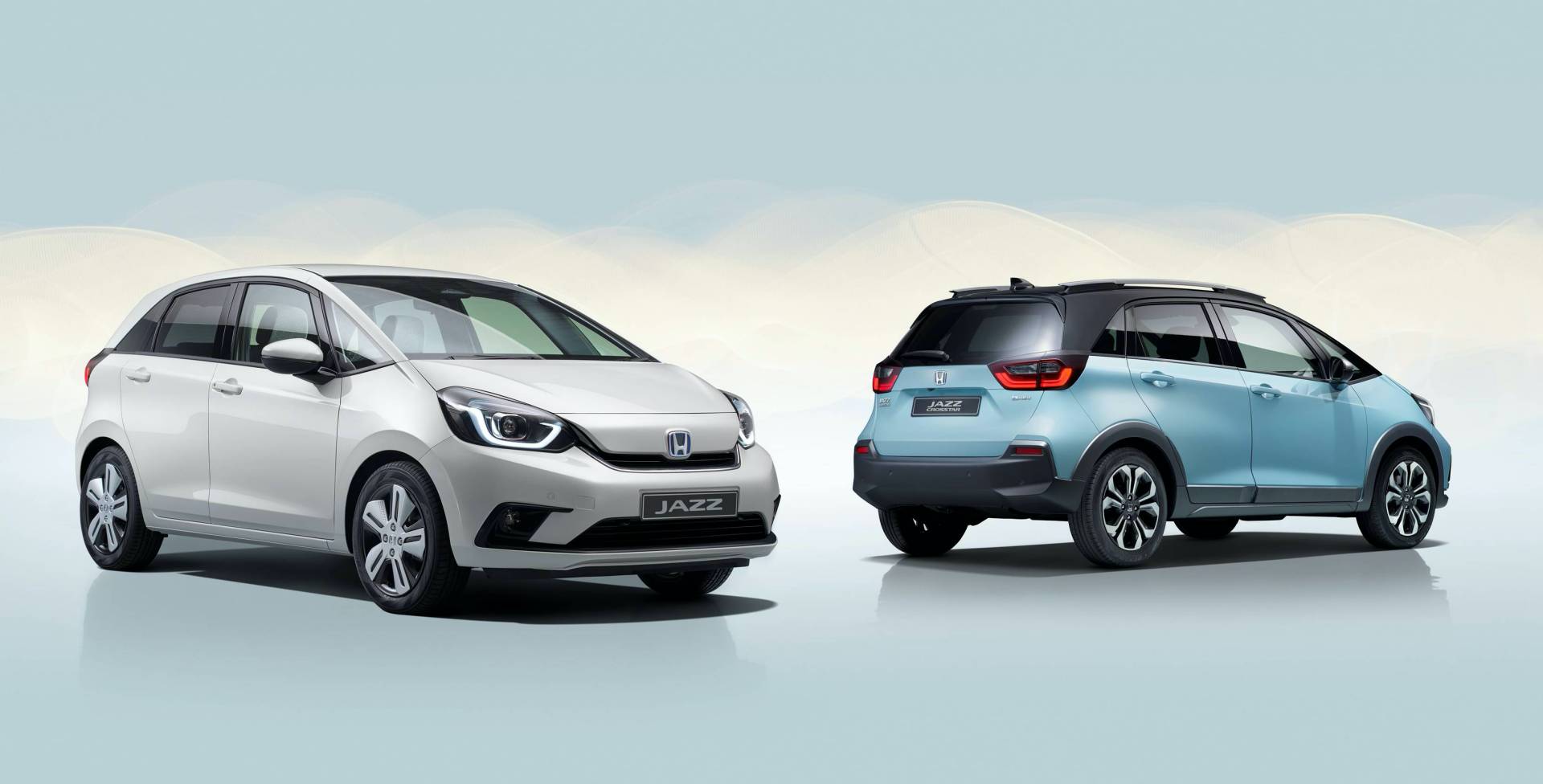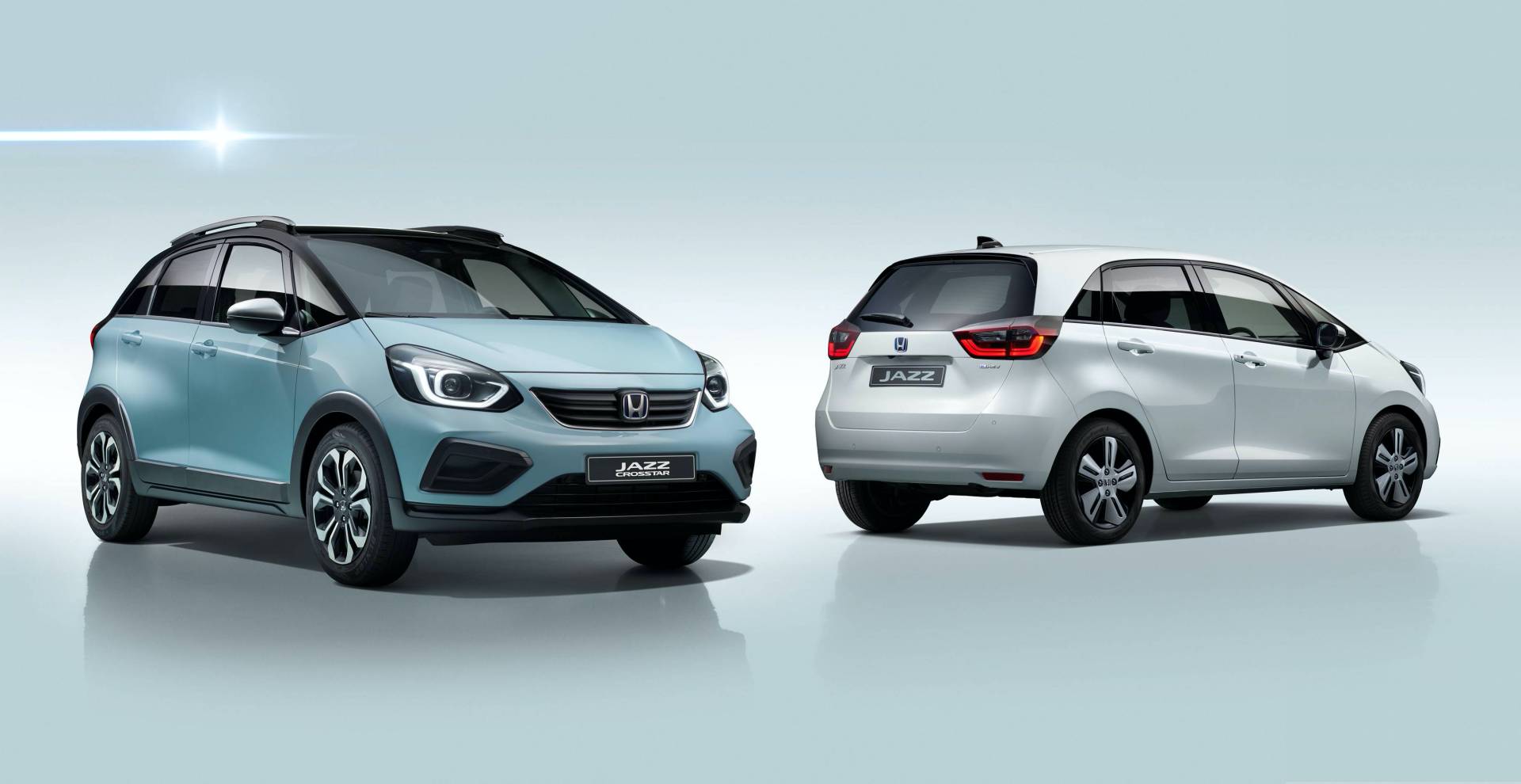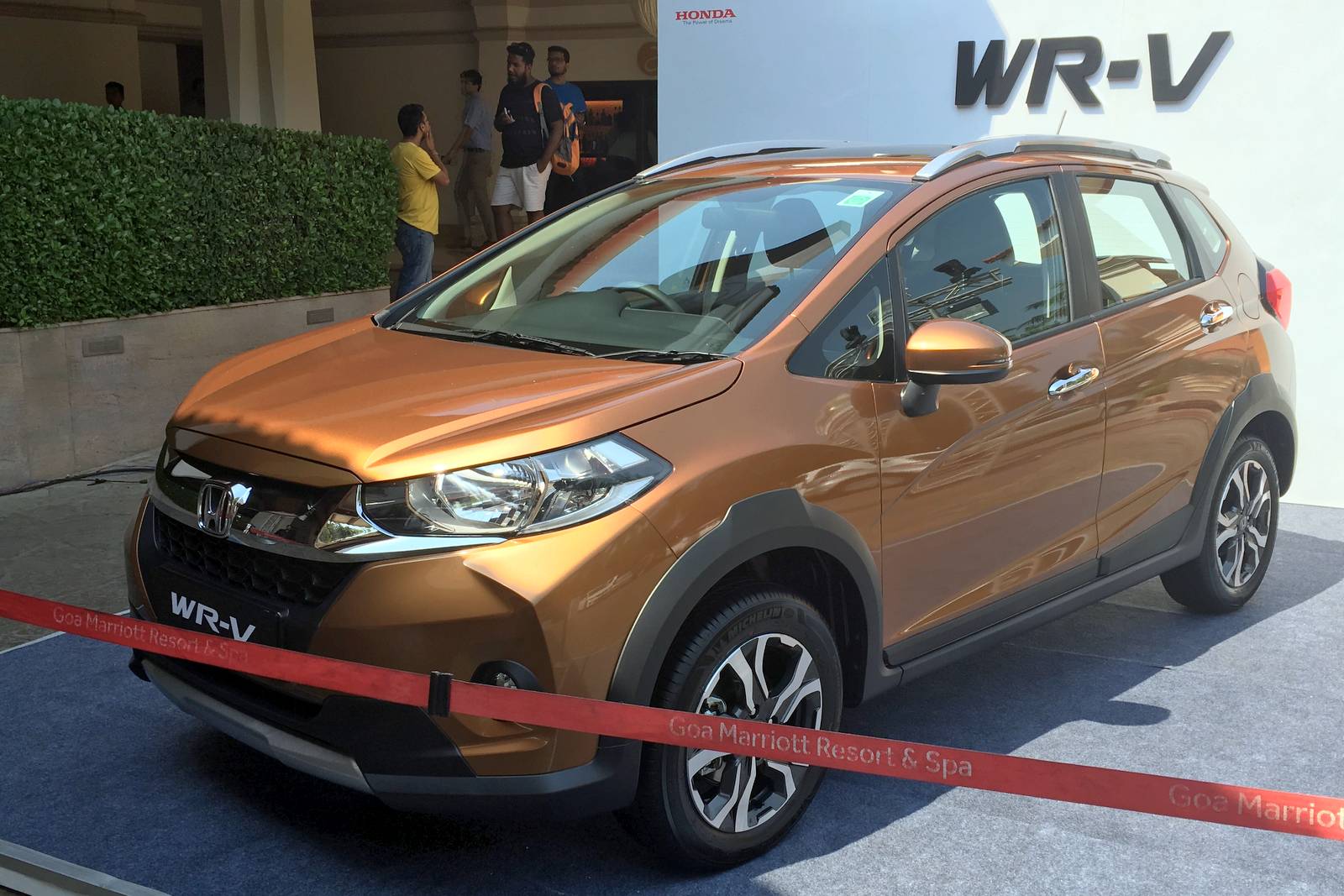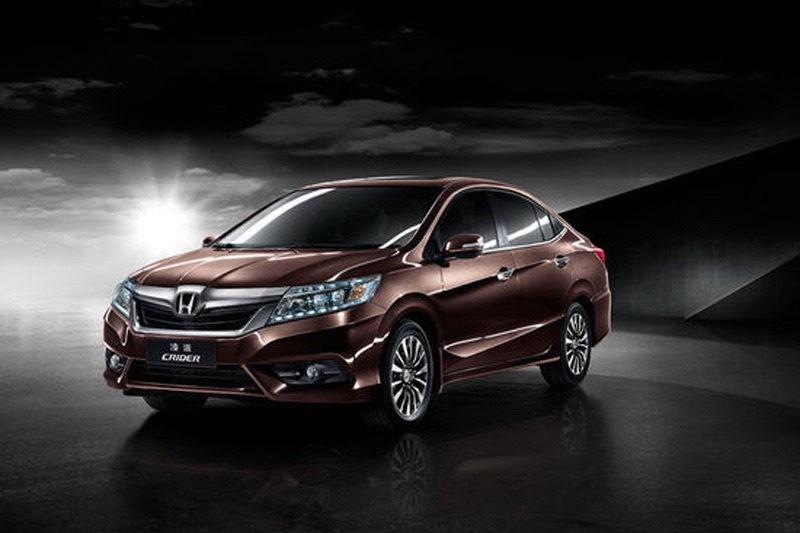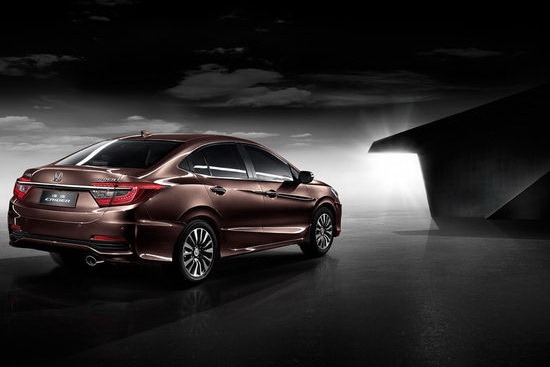Honda’s Chief Executive Takahiro Hachigo is set to change the way the Japanese automaker does its business, following a string of expensive recalls and other quality issues.
Speaking to a gathering of Honda’s suppliers in Japan, the car maker’s boss said that they must slash their model range and decrease the number of model types and options, Reuters reports.
Read Also: The Honda Civic And Accord Were The Most Stolen Vehicles Last Year
According to company insiders, quality issues squeezed Honda’s operating margin over the past few years between 2 and 3 percent, giving it less room to maneuver during this crucial era for the automotive industry.
Honda’s small operating margin is in stark contrast with their motorcycle business as well, which has brought its R&D division in-house -something that Hachigo also wants for the car maker- and enjoys a margin of 13.9 percent.
“Honda believes strengthening the automotive business and reforming it in preparation for the arrival of next-generation mobility technologies are our most critical management tasks. This is a priority,” a Honda spokeswoman said when asked about the company’s reform plans.
“These moves we’re making today will decide our eventual fate: whether we’re going to be in business as an independent player 10 to 15 years from now,” an unnamed Honda source added.
The root of Honda’s problem lies in the “crazy complexity” of its vehicle range and all the associated engineering processes, according to a company’s senior engineer. “Quality is acting up,” the engineer said. “Honda has created too many regional models, in addition to an array of types, options and derivatives for its global models. All that’s eating up our profit”.
At Honda’s aforementioned gathering, Hachigo and his managers told suppliers to use more common parts, from engines and transmissions to door handles, rear-view mirrors, as well as knobs and switches.
Honda’s regional models now account for 40 percent of its global sales; these include the Crider sedan in China, the Brio and the Mobilio in southeast Asia, the WR-V in Latin America and India, the Pilot SUV in the US and the N-Series kei cars in Japan.
The company’s global models -like the Civic, HR-V and CR-V- account for the remaining 60 percent of global sales but they too have to adapt there are apparently too many derivatives on offer.




